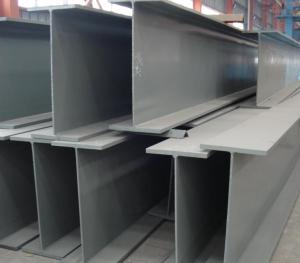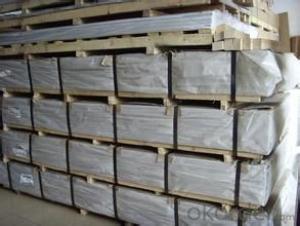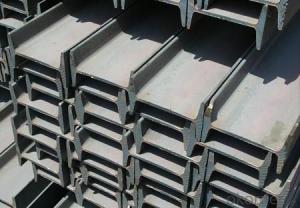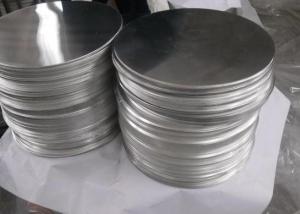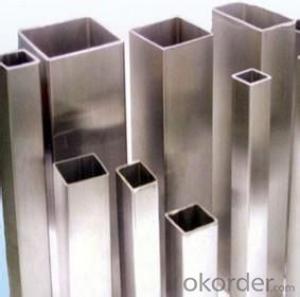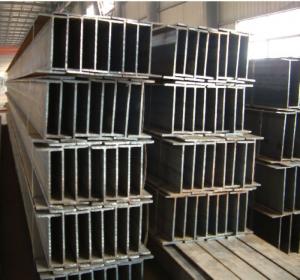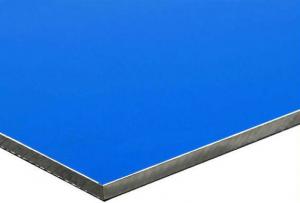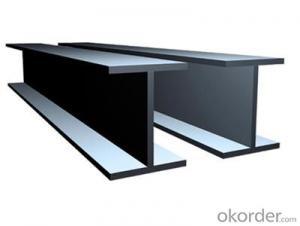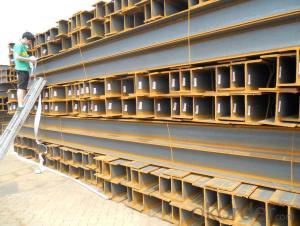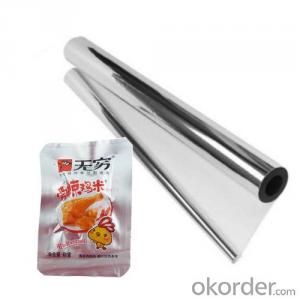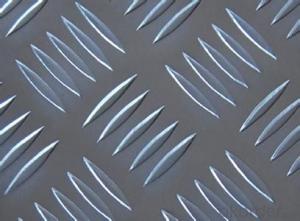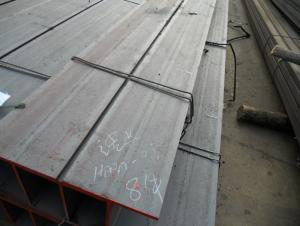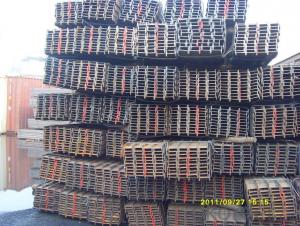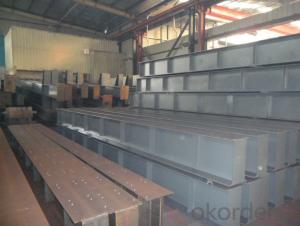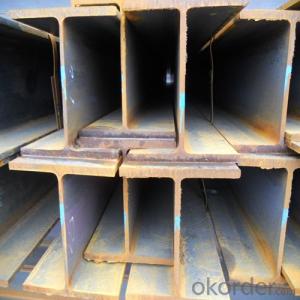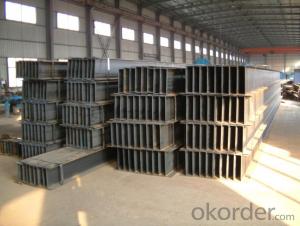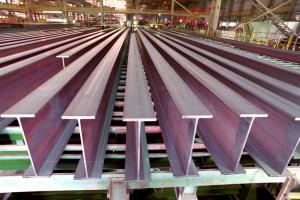Aluminium H Beam
Aluminium H Beam Related Searches
Aluminium H Beam Beam Material Simple Beam Bridge Rear Bumper Beam Lvl Beam Kanye West Ultralight Beam Snl Ultralight Beam Kanye West Snl Beam Launcher Aluma BeamHot Searches
Aluminium Wire Mesh Manufacturers India Ceiling Fan Lowest Price Aluminium Scaffold Planks Sale Aluminium Walkway Mesh Prices Alice In Chains Store H Type Scaffolding Electricity Generation By Fuel TypeAluminium H Beam Supplier & Manufacturer from China
Okorder.com is a professional Aluminium H Beam supplier & manufacturer, offers integrated one-stop services including real-time quoting and online cargo tracking. We are funded by CNBM Group, a Fortune 500 enterprise and the largest Aluminium H Beam firm in China.Hot Products
FAQ
- Steel H-beams have multiple options for anti-corrosion treatments. These treatments aim to safeguard the beams from corrosion caused by moisture, chemicals, or other corrosive elements. One commonly utilized treatment is hot-dip galvanizing. This method involves immersing the H-beams in molten zinc, which creates a protective zinc coating on the steel's surface. This coating acts as a barrier, preventing corrosion from reaching the steel. Hot-dip galvanizing is a highly effective and long-lasting treatment for corrosion protection. Another option is applying corrosion-resistant paint or coating to the H-beams. These specialized paints or coatings form a protective barrier against corrosion. They can be applied through various methods, such as spray painting or powder coating. This treatment is often combined with other methods, like hot-dip galvanizing, to enhance protection. Apart from galvanizing and painting, there are other anti-corrosion treatments available for steel H-beams. One of these is the use of corrosion inhibitors. Corrosion inhibitors are chemicals that form a protective film when applied to the steel's surface, inhibiting corrosion. These inhibitors can be in liquid, spray, or coating form. Additionally, electroplating is another treatment option for steel H-beams. This process involves submerging the beams in an electrolyte solution and using electricity to deposit a layer of metal, such as zinc or chromium, onto the steel's surface. This metal layer acts as a sacrificial coating, safeguarding the underlying steel from corrosion. In conclusion, various anti-corrosion treatments are available for steel H-beams, including hot-dip galvanizing, painting or coating, corrosion inhibitors, and electroplating. The choice of treatment depends on factors such as the environment the beams will be exposed to, desired corrosion protection level, and cost considerations. Consulting with professionals in the field is crucial to determine the most suitable treatment option for specific applications.
- Steel H-beams are a popular choice in bridge construction because of their strength, versatility, and cost-effectiveness. These beams are designed specifically to bear heavy loads and provide structural stability, making them ideal for building bridges. When constructing bridges, steel H-beams are primarily used as the main structural elements. They support the weight of the bridge deck and transfer the load to the bridge piers or abutments. The H-shape of these beams allows for even weight distribution and excellent load-bearing capabilities. Another advantage of steel H-beams in bridge construction is their flexibility in fabrication. They can be easily made to the required length and size, allowing engineers to design bridges of various spans and heights to suit different site conditions. Furthermore, steel H-beams offer a high strength-to-weight ratio. This means they can support heavy loads without being excessively bulky or heavy themselves. This advantage is particularly valuable for long-span bridges, where reducing the weight of the structure is important to minimize material and construction costs. In addition, steel H-beams have excellent durability and resistance to corrosion. This is crucial for bridges exposed to harsh weather conditions and environmental factors. The steel used in these beams is often treated with protective coatings or galvanized to enhance its longevity and prevent deterioration over time. In conclusion, steel H-beams are essential in bridge construction as they provide the necessary strength, versatility, and durability to support heavy loads and maintain the structural integrity of the bridge. Their use enables efficient and cost-effective bridge designs that can withstand the test of time.
- In steel structures, what is the meaning of the "" between the two members of the H steel brace 2L 180*12,10?
- Mainly divided into equilateral angle steel and equilateral angle steel two categories, the unequal angle can be divided into equilateral equilateral thick and unequal thickness two. Angle expressed side and edge thickness size. The current domestic steel specifications for 2 - 20 cm, to length number is the same number. Horn steel often have 2 - 7 different edge thickness. The actual size and the import side angle marked on both sides of the thickness and indicate the relevant standards. The general side of 12.5cm over the large angle, 12.5cm - 5cm for the medium angle, length below 5cm for small angle. The order of a steel export angle to use specification for steel, the carbon steel grades. The corresponding angle in addition to standard number, no specific composition and performance series. Puri steelThe fixed angle delivery length ruler, size two, domestic angle length range is 3 - 9m, 4 - 12M, 4 - 19m, 6 - four 19m range according to the different specifications. The Japanese steel section length range is 6 - 15m. unequal angle height according to length the edge of the equilateral angle steel wide to calculate.
- Steel H-beams have excellent vibration damping properties due to their high stiffness and mass. The structural design of H-beams allows them to effectively absorb and dissipate vibrations, reducing the potential for resonance and minimizing vibrations transmitted to other components or structures.
- Steel H-beams are well-suited for high-rise buildings. They possess several advantages that make them an excellent option for constructing tall structures. Firstly, their high strength-to-weight ratio allows for the creation of lighter and more efficient buildings. This is crucial in high-rise construction, where minimizing the weight of the structure is essential to reduce the load on the foundation and enhance overall stability. Secondly, steel H-beams exhibit exceptional load-bearing capacity, which is necessary for supporting the weight of multiple floors and withstanding external forces like wind, earthquakes, and more. The inherent strength and rigidity of steel enable the construction of tall buildings that can withstand these forces without compromising stability or safety. Moreover, steel H-beams offer greater flexibility in terms of design and construction. Their versatility empowers architects and engineers to create innovative and intricate structures, maximizing floor space and producing visually appealing designs. The ease of connecting and joining steel H-beams also facilitates faster construction, reducing project timelines. Furthermore, steel is a highly durable and long-lasting material. It resists corrosion, fire, and pests, making it an ideal choice for high-rise buildings with long lifespans. Steel H-beams also require minimal maintenance, which is advantageous in terms of cost and convenience. In conclusion, steel H-beams are indeed suitable for high-rise buildings due to their high strength, load-bearing capacity, flexibility in design, and durability. These factors position steel H-beams as the preferred choice for architects, engineers, and construction professionals when constructing tall buildings.
- Some common surface finishes available for steel H-beams include black oxide, galvanized, painted, and powder coated. These finishes serve different purposes such as enhancing corrosion resistance, improving aesthetics, or providing a protective coating.
- What's the difference between welded H - section steel and high frequency welded H - section steel and hot rolled H section steel?
- Specification and material. When the hot-rolled H steel can fully replace welding of H steel, and the former than the latter to ensure quality. In general, in the structural design of high-rise buildings, should adopt the hot-rolled H steel, steel portal frame of light steel plant, selection of welding H steel with variable cross-section steel index is better, but the project cost can not save much, the reason is that the processing capacity of hot-rolled H steel is smaller, shorter duration, if the calculation of the comprehensive economic benefits (including the project put into use), play a decisive role in the period under the condition of optional hot-rolled H steel, but when the time limit for not strict or some image project, is in line with the principle of conservation of resources selection of welding H steel.
- Structures with large spans can be effectively supported by steel H-beams. H-beams, also known as I-beams or universal beams, have been specifically designed to evenly distribute the load along the beam's length, making them an ideal choice. The unique shape of the H-beam ensures exceptional structural integrity, enabling it to withstand heavy loads and resist bending or twisting. Moreover, steel H-beams possess a high strength-to-weight ratio, enabling them to support large spans without excessive weight. As a result, they have become a popular option for various structures, such as bridges, buildings, and industrial facilities, which necessitate extensive spans.


